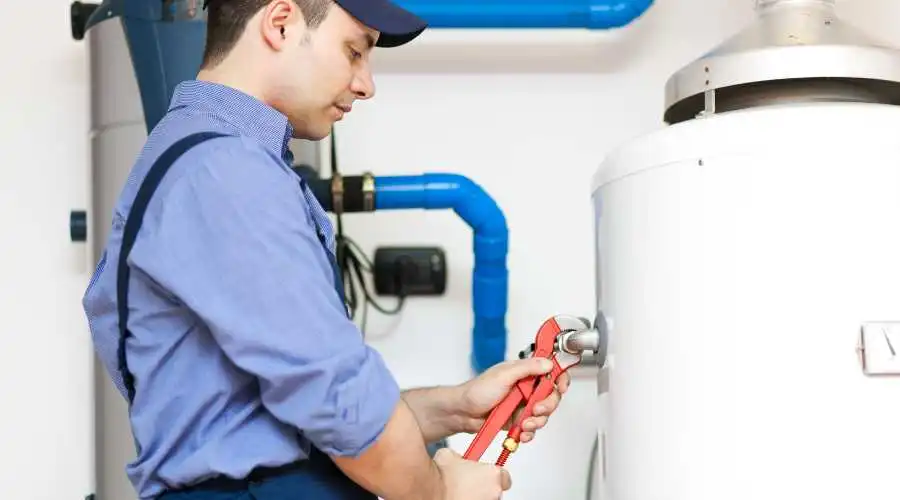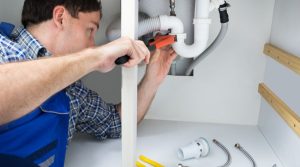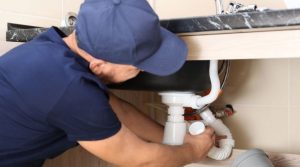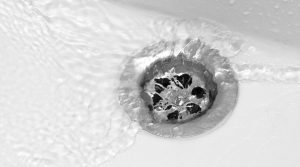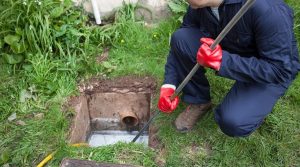As the temperature starts to drop and the leaves change color, it’s the perfect time to think about preparing your plumbing system for the cooler season. Autumn can bring challenges like increased precipitation and colder air that strain water systems and increase the risk of clogged drains. Preparing now can save you from future headaches.
Common Plumbing Issues in the Fall
Pipe Freeze and Burst: Cold temperatures can lead to frozen pipes that may burst if not properly prepared. Even in the fall, temperatures can drop to freezing levels that put pipes at risk.
Problematic Heaters: As the ground and pipes cool, water heaters have to work harder to supply warm water, potentially leading to overuse and failure if not maintained.
Drain Blockage: Falling leaves are beautiful, but they can clog gutters and drains, leading to blockages and water damage.
Preparing Your Plumbing for the Fall Season
Follow these essential steps to prevent plumbing problems during the autumn months:
No. 1: Keep Gutters and Drains Clean Blocked gutters and downspouts can cause water damage to your home. Leaves and debris prevent water from flowing properly, leading to potential leaks and structural issues. Regularly clearing these areas will keep water draining efficiently and protect your home.
No. 2: Service Your Water Heater Before the cooler months hit, check your water heater for any signs of leaks or wear. Fall means increased water heater use, so having a professional inspection can prevent unexpected failures and costly repairs. Key inspection points include:
- Checking the gas supply and fuel type
- Inspecting the pipes and installation for wear
- Ensuring sediment traps are clear
- Monitoring the water heater’s performance
No. 3: Disconnect Outdoor Hoses Leaving hoses attached to outdoor faucets can lead to ice buildup and pipe bursts. Drain and store hoses inside to protect your outdoor plumbing from the temperature drop.
No. 4: Shut Off Exterior Plumbing Systems Turn off the indoor shut-off valve that leads to outdoor plumbing and drain any remaining water by opening the external faucets. This precaution prevents water from freezing and cracking the pipes during cooler nights.
No. 5: Seal Gaps Around Pipes Small gaps between pipes and walls can let cold air in, which can freeze pipes during the fall and winter. Have a professional plumber inspect for gaps and seal them with caulking, insulation, or weather stripping to prevent costly damage and increase energy efficiency.
No. 6: Insulate Pipes If you live in an area where autumn nights can get particularly cold, insulating your pipes is essential. Installing rubber insulation helps maintain hot water flow and protects pipes from freezing temperatures. Adding insulation as part of annual maintenance can save money and stress during colder months.
Be Prepared for Seasonal Changes
Preparing your plumbing for autumn isn’t just about preventing emergencies; it’s about ensuring comfort and peace of mind. Proactive measures like cleaning drains, inspecting water heaters, and insulating pipes can reduce the risk of major issues and costly repairs.
Need Expert Help? BJC Plumbers Jersey City is here to assist with all your plumbing maintenance and emergency needs. Contact us for professional service and keep your plumbing in top shape as the seasons change. Reach out today at (201) 885-7265.

